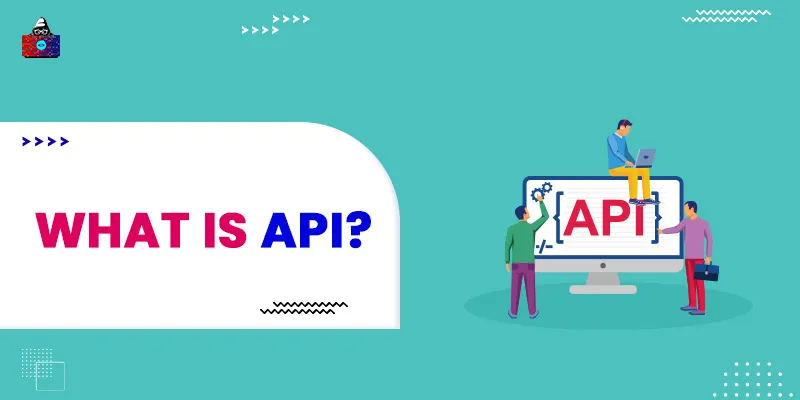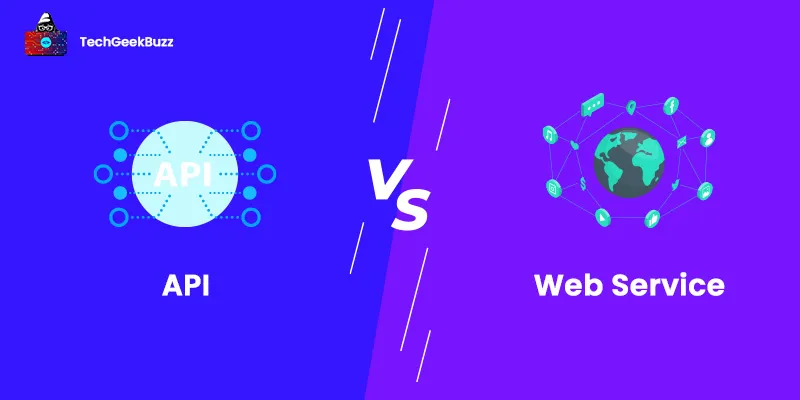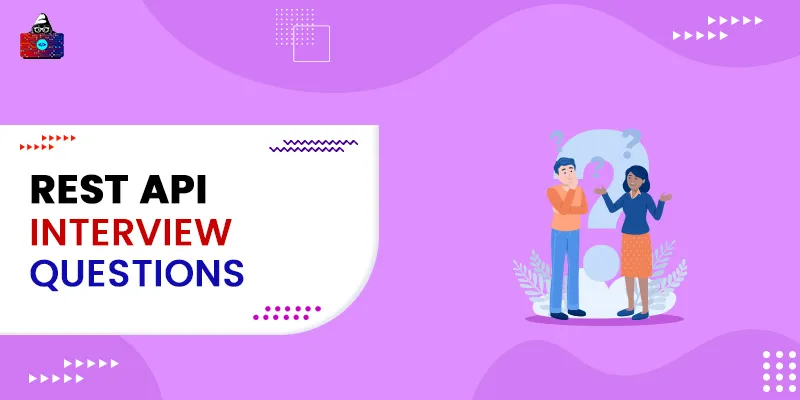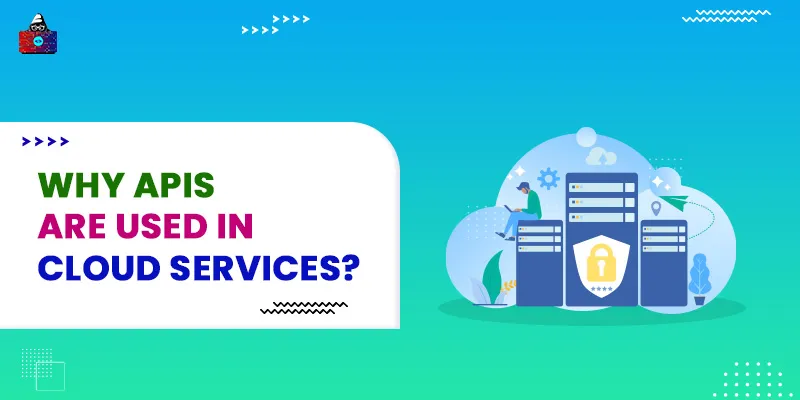This topic becomes so confusing because most of the time when we say API’s we narrow our concepts and only consider the web API’s that we often use in web development, but web APIs are part of its family, and apart from web development, there are many areas where we use them.
Here in this article, we have explained what an API is and how many types are present out there.
What is an API?
As we know that it stands for Application Programming Interface, and if we consider the Wikipedia definition of API, says, “An application programming interface (API) is an interface or communication protocol between different parts of a computer program intended to simplify the implementation and maintenance of software.” this definition is little tricky and for a beginner, its terms could be confusing.
If we want to define an API, in a nutshell, we can say that “It is a prewritten program (could be written in any programming language) which provides an interface or bridge so the third party programs can interact with another programmer or application.”
For example, let’s say you designed a program and you want that some of its features could be used by another developer then you build an API that could set a connection between your program and the other developer's program so he could also use some of your program features. When you visit any new website there for registration, you get registration options such as New Register or Log in with Google or Log in with Facebook. Instead of making a new registration we often choose an option like Login with Google or Facebook.
So what is happening here is when you log in with Google or Facebook to a completely different website your Google or Facebook detail does not send to the new webpage those options are there to tell the website that you are an authenticated user and they can accept you as a new user.
The register options, log in with google or log in with Facebook, are the APIs or programs created by Google and Facebook that provide Login or register features to the different webpages or applications so they can register you as a new user with Google and Facebook security , and these register and Login API’s works as a bridge between the new application and Facebook or Google.
How Does it Work?
When we design an application, it often has 3 layers, which are the front-end layer, the Business layer, and the data layer. Here the API resides in the business layer, and sometimes we refer to the complete business layer as an API Layer. The business layer communicates between the front-end layer (Presentation layer) and the Database Layer.
Here any request made on the Presentation layer goes through the API layer, and then the API layer acknowledges the request, fetches the instructions, and sends back the proper response in different formats. In Simple words, the API works on the Client-Server model where the client or user sends a request, and the server acknowledges the request and sends the appropriate response.
Advantages and Disadvantages of using API
Like different tools and technology, there are some pros and cons associated with using an API. Here are some of the major advantages and disadvantages of APIs.
Advantages
- Speed: Using an API with your application can increase the performance of the Application because here, we get a separate integration which used for specific purposes.
- Automation: With API, managing data become easy it could handle the flow of data and manage the program.
- Integration: An API can be integrated into any program without disturbing the core architecture of that program and help to provide extra functionality.
- Extensible: It has been seen that with API, more and more developers connect to the application. As the application expands, so does the API framework.
- Flexible: If an API gets integrated with any application, it can access any component of the application and avail of any services and information.
- Reliability: Robust APIs are more reliable than simple integration in the application, so using an API gives more reliability.
Disadvantages
- Security: Adding an API to the application can be a threat to the application itself because it sets a connection between your application with a third-party application, and your application data can be easily exposed.
- Cost: Setting up an API could be expensive for a start-up enterprise because they have to provide the proper documentation on how their API works.
Applications of API
The intention of building an API is so the 3d party developer can use it and interact with your application data. Many big techs, such as Reddit, Spotify, Facebook, Google, etc., provide their APIs so that developers around the world can use the data or these Application features.
Some organizations designed APIs so that some of their public data get available to the user, and any 3 rd party can use that data to build their Application. This case helps both ends, the 3 rd party gets the data, and the Organization gets a chance to expand its reach and market. APIs are not designed to deliver user personal details.
Login APIs of Google and Facebook also do not send any personal credentials to the third-party application. While designing an API for application security is a major concern. The major application of any API is to provide data, and it’s on the organization how they use that data. Most of the APIs we use on the web is known as web services, we can say that every web service is an API.
On the web, APIs work under HTTP protocol, so any programming language which can be used for web development is capable of handling data through APIs. An API can be written and used for:
- Web application
- Operating System
- Database System
- Computer Hardware
- Software Library.
Types of API
There are various fields where we use API such as:
- Web APIs
- Libraries and Frameworks
- Remote APIs
- Operating Systems APIs
Web API
Web API works under HTTP protocols over the web. Web API is used for web development, and they deliver data over servers. There are 4 common types of web APIs:
- SOAP(Simple Object Access Protocol)
- XML-RPC
- Jason-RPC
- REST (Representational State Transfer)
Libraries and Frameworks
It can be implemented using more than one library, a library is an implementation of algorithms using a proper programming language but with it, we do not concern with a specific programming language. For example, Scala can use the Java API because both of their source code can be compiled into byte code.
Remote API
With Remote API, a user can manipulate the remote resources using different protocols. Remote APIs help developers to communicate over different techniques and work together, regardless of language or platform.
Operating System APIs
It is used to provide the interface between two applications, and the Operating System itself uses many APIs for this special purpose. Microsoft itself uses an API Windows for its Operating System, which provides backward compatibility.
People are also reading:





Leave a Comment on this Post